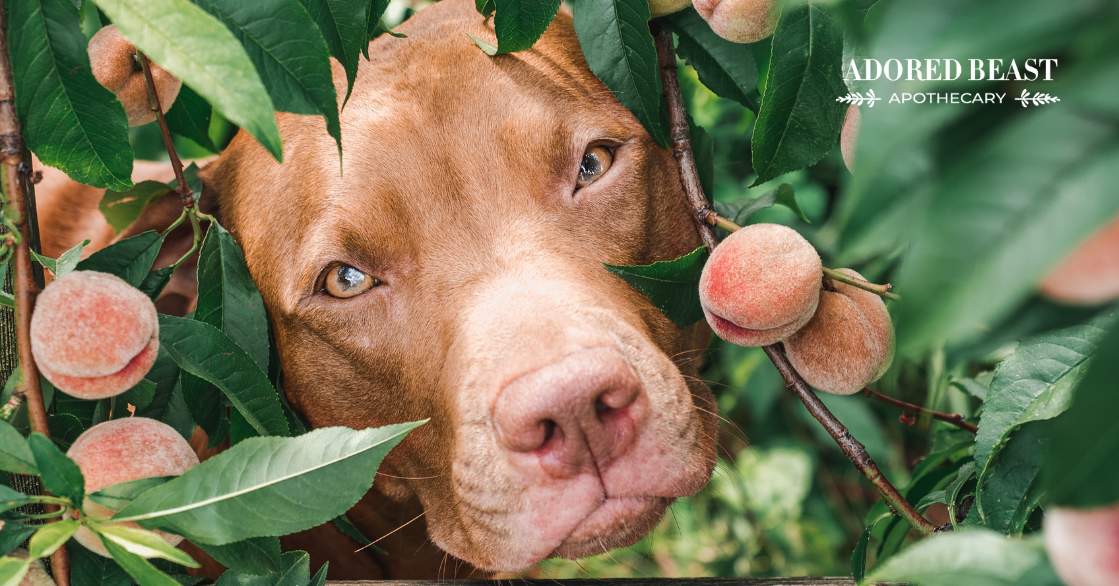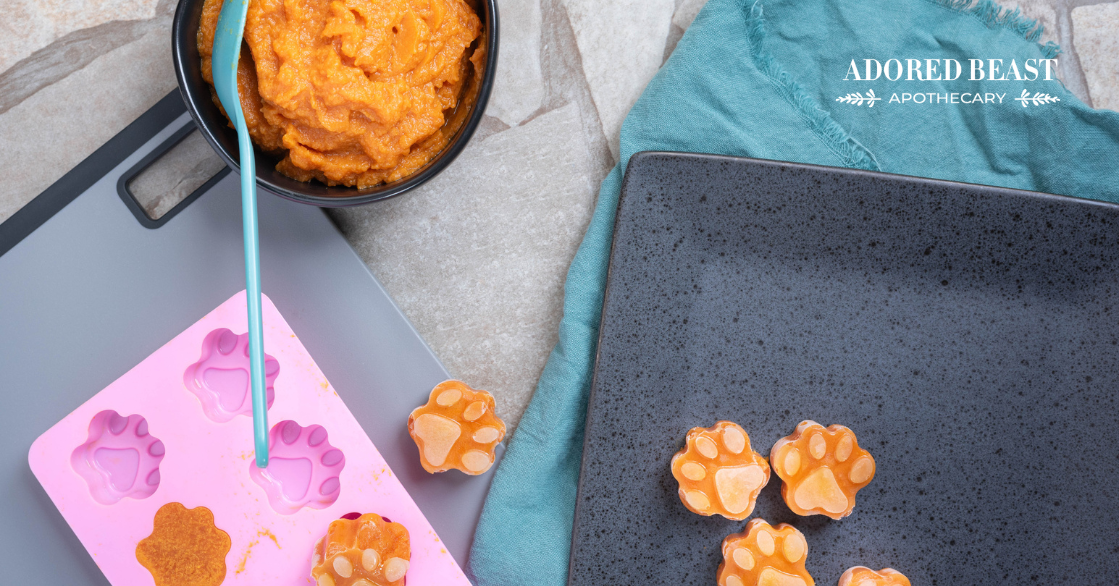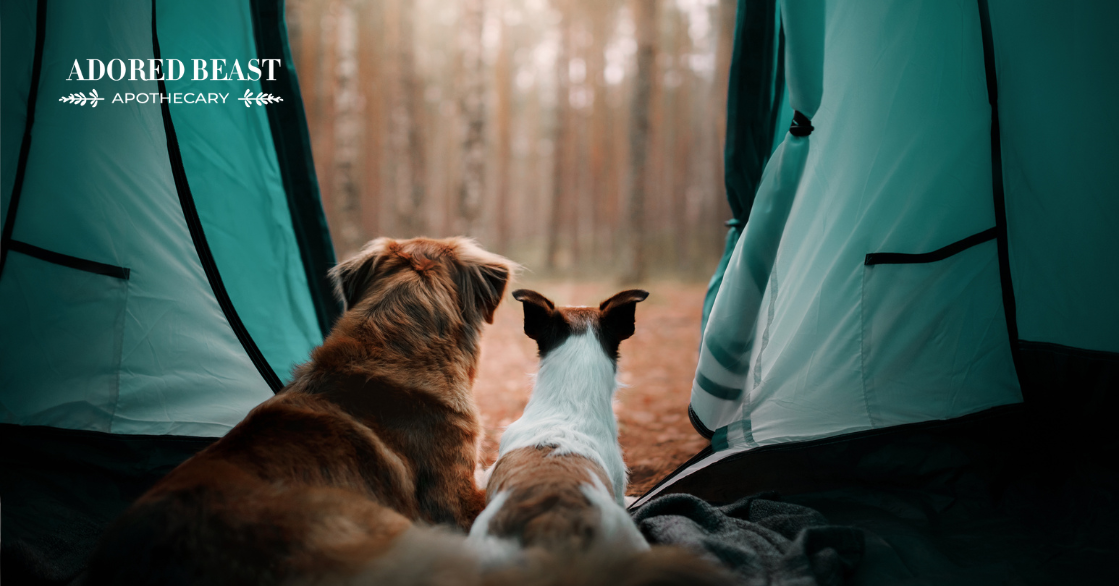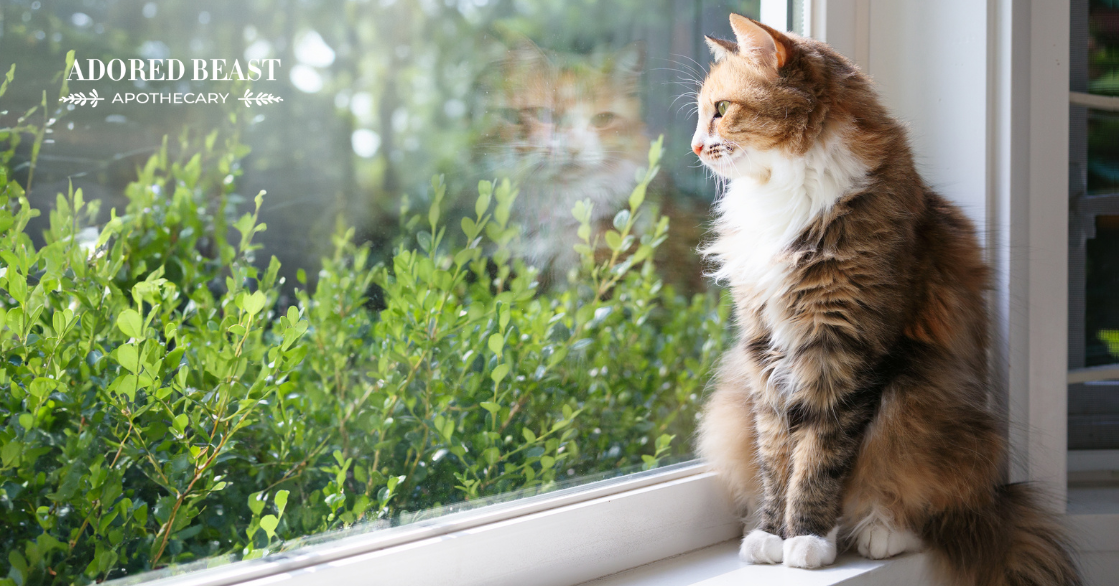Fellow equine enthusiasts: do you find horse nutrition confusing? Do you want to learn how to feed a more natural diet but not sure where to start? You’re not alone…
Horse nutrition has been in the dark ages for a long time. An industrialized way of managing and feeding them has been shown to create disease processes in horses and so today, we are talking horse feeding basics! We’re going to explore the ins and outs of the different food types for horses today and what the pros and cons of each one are.
Horse Feeding Basics
To really get into horse feeding basics, you have to understand the different categories of food offered most often. There are 3 main types that we will discuss today:
- forage
- grain
- feed
What is Forage?
Forage is more than just hay. It also includes any other plant materials that horses recognize as food in their natural environment. Consider all of the following forage:
- grass
- hay
- alfalfa
- haylage
- leaves
- flowers and stems
- twigs and bark
- roots
- seeds
- minerals and soil
One if the biggest issues is that they don’t get access to most of these types of forage and we are learning more and more in scientific terms for humans and companion animals that variety is imperative to health and wellness. (references?)
What is Grain?
Grain is any whole grains that are conventionally fed to horses. It is not the same as processed feed (we’ll talk about that next). Grains are often sourced from the industrial agriculture industry and mainly include:
- oats
- barley
- corn
These grains are cured so that moisture is removed for safe storage. They are also not fortified with and are often used to add carbohydrate energy to the diet. They also contain some trace minerals that can be difficult to get with a hay diet alone. Additionally, they aren’t appropriate for every horse and they should be used sparingly to match the natural amount they would consume in nature, which isn’t much!
What is Feed?
Feed is any bagged food that is highly heat processed (extruded) and often made with by-products (eg. waste from the agriculture industry). It comes in the form of pellets, nuggets, textured and brans. A lot of people use this method of feeding to fortify the diet with synthetic vitamin and mineral premixes but they do come with some major disadvantages. Feeds are often “balanced” in terms of the National Research Council (NRC) for the nutritional requirements different life stages. The disadvantage to this is that there is a big difference between feeding only the known minimums to avoid nutritional deficiency but not in order to thrive. Scientifically, we have no idea what that means in terms of conventional feeding. And we can’t assume that we have all the answers in terms of what horses actually require nutritionally. The only real way to balance the diet is to include as much seasonal variety in forage as possible. The more we can do this, the less necessary feed becomes.
Is One Option Better?
Forgage, grains, feed… is one better than the others? When it comes to horse feeding basics, knowing the details is key.
Here are the pros and cons for each type:
The Pros and Cons of Forage
| PROS | CONS |
| Species-appropriate & imperative to health | More knowledge required to feed (can be unbalanced) |
| High in fiber & variable fibers – promotes microbiome health / sugar regulation | Can contain high sugar if done incorrectly |
| Variety = little need for expensive supplementation | |
| Provides important nutrients not found in extruded feeds | |
| Can be customized for all ages and disciplines |
To elaborate on the table above, let’s define two of the highlighted terms:
Species-appropriate: This term relates to what horses naturally recognize as nutritious and what they have anatomically and physiologically evolved to obtain nutrients from. Keep reading to learn more about what food items fall into this category.
Fiber: Fiber is an entire topic to itself! There are many forms of fibre that you can broadly place into either of the following categories: soluble or insoluble fiber. Each fiber type and variation is utilized by the horse in different ways. It is also the primary way that horses regulate their blood sugar and insulin levels which should be taken very seriously since insulin resistance is such a huge problem for modern horses. Stay tuned for a future blog that dives into fiber in terms of what types and how much your horse should be getting.
The Pros and Cons of Grain
| PROS | CONS |
| Can provide healthy fiber | Can be too starch-heavy for some horses |
| Can provide hard-to-obtain minerals | High in omega 6 (causes imbalance of the omega 3:6 ratio) |
| Can be contaminated with herbicide and fungicide | |
| Can contain aflatoxins (dangerous mold toxins) |
Highlighted terms:
Omega 3:6 ratio: omega 3 and 6 fatty acids are necessary types of short chain fats that you must include in the equine diet. The ratio to maintain health in horses in not clear but estimates from the NRC are between 1:1 and 4:1. It is more difficult to get omega 3’s in the diet than it is to get omega 6’s.When the omega 6 ratio is much higher than the omega 3 ratio, it can cause pro-inflammatory responses within the immune system. Omega 3s are best known for their anti-inflammatory and immune-modulatory effects. Plant omega 3s are often in the form of a long chain fatty acid called alpha-linoleic acid (ALA) which can be converted into other short chain fats. Marine omega 3’s are often in the short chain form including eicosapentaenoic acid (EPA) and docosahexaenoic acid (DHA). I don’t recommend using fish oil for horses but alternating with flax, camelina, chia, hemp and marine algae seeds and oils are all good options for horses.
Pros and Cons of Extruded Feed
| PROS | CONS |
| Convenient | Low-quality ingredients |
| Less formulation knowledge needed | Can contain high starch |
| “Completes” the equine diet – but does it? | Can cause picky behaviour |
| Highly ”digestible”? | Can be coated in either molasses or soy oil (taste enhancer) |
| NRC has limitations when it comes to equine nutrition | |
| Can be heavily sprayed crops – herbicide and fungicide | |
| Can contain aflatoxins | |
| Can “fix” the microbiome/promotes monocultures (non-diversity) in the gut |
Highlighted terms:
Herbicide: Herbicides are a class of chemicals that directly kill plants that many perceive as “pests or weeds” that compete with crops in conventional monocrop farming. Herbicides are used on genetically modified (GMO) crops that are altered to be able to tolerate large herbicide loads without dying while all other “weeds” die. The most well-known herbicides used in big agriculture are glyphosate (also known as RoundUp), dicamba, and 2, 4-D. There are many more. All of these chemicals are hormone disruptors and disturb the gut and soil microbiomes as well as being sited as having harmful side effects to humans and the environment in over 200 peer-reviewed scientific papers. Many GMO crops (including sugar beets, wheat, corn, soy and canola) are considered “RoundUp Ready” and now there are new GMOs of the same crops that can be sprayed with numerous dangerous chemicals – known as LibertyLink seeds. It is strongly advised to eliminate these chemicals from your horse’s diet (and yours!) to avoid gut and metabolic disturbances.
Fungicide: Fungicides are another class of chemicals that target moulds that may affect crops. While some moulds are not healthy for us, fungicides are no better. Glyphosate is not only an herbicide but also a fungicide and patented antibiotic. There are many fungicides used in agricultural farming. They can also disturb both the gut and soil microbiomes. This is why it is best to use fresh or organic foods whenever possible.
Aflatoxins: Aflatoxins are toxic metabolites produced by certain types of mould fungus that grow on crops. Moulds can occur on any crop that is cured and stored. If it is not cure and store correctly, it can retain moisture and produce mould. The most commonly known aflatoxins come from aspergillus moulds. These toxins can cause liver damage in heavy amounts and when ingested over long periods of time.
With these horse feeding basics, offering your horse a more natural diet should be a bit easier. I hope this helps you navigate yourself through the often confusing world of equine nutrition. For additional help, check out our equine blog to discover more about holistic management for horses.
Happy feeding!












